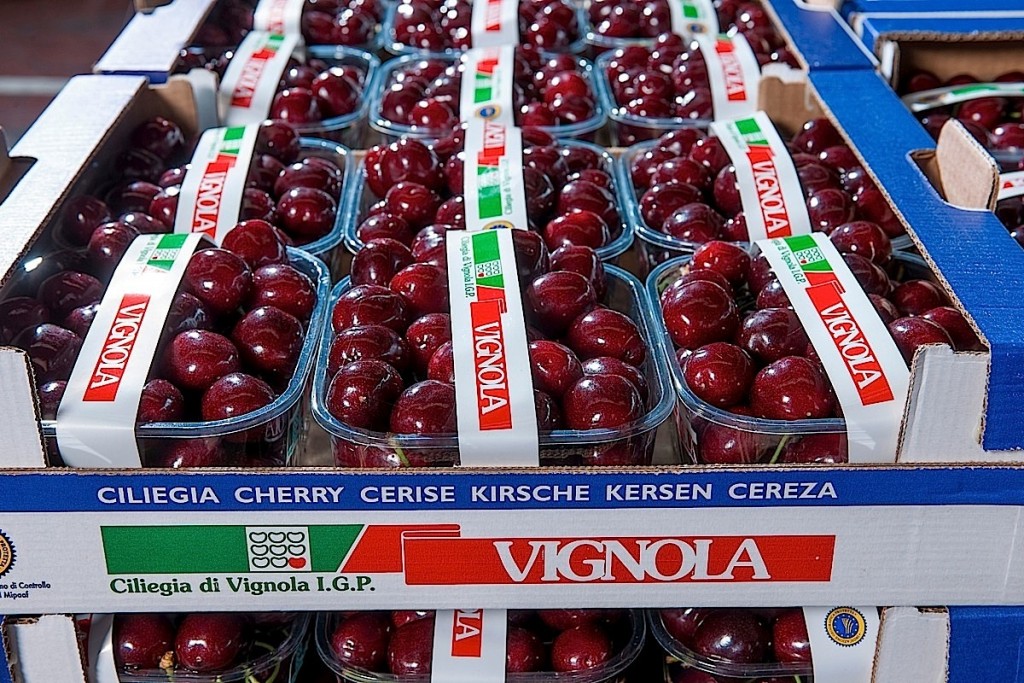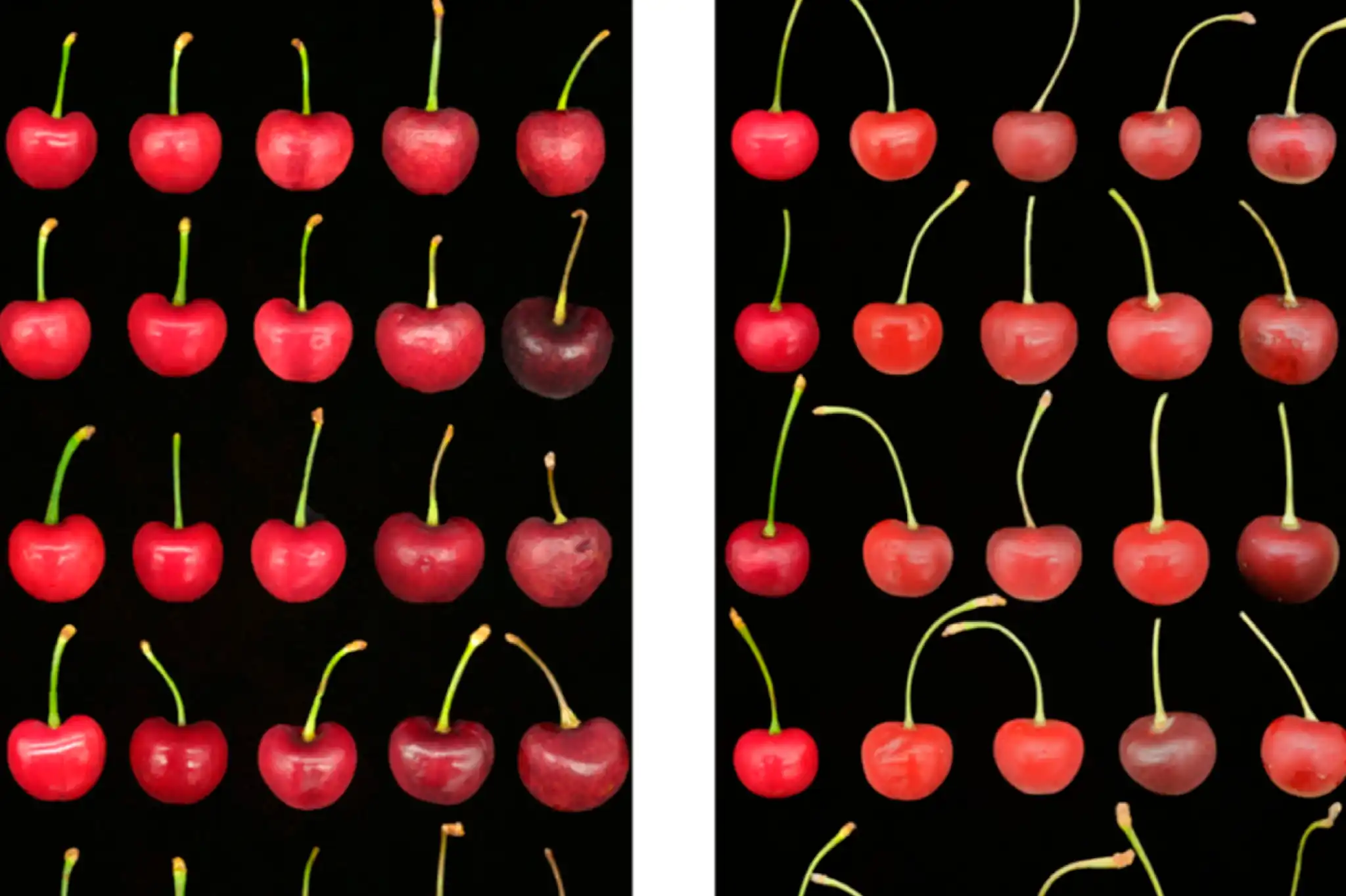Thanks to a favorable winter and the entry into production of new orchards, the Chilean area of Ovalle is expected to exceed 2,000 tons of cherries, with the first shipments to China starting as early as week 42.
In the heart of northern Chile, the Ovalle area is reaffirming its status as one of the most promising regions for early cherry production in the Southern Hemisphere. Thanks to short-cycle varieties such as Brooks, Nipama, and Royal Dawn, local growers are able to seize a unique market window: the lack of fresh fruit in Asian markets—particularly China—ensures excellent prices for the first shipments.
Jorge Astudillo, an agronomic consultant with extensive experience in the area, is optimistic about the 2025 season, noting that flowering is about five days earlier than last year and that climatic conditions have been ideal in terms of both cold and rainfall.
Strong production growth
According to Astudillo, production in the area could easily double compared to the previous season, reaching or surpassing 2,000 tons. The reason? A vast surface area planted over the past five years is now coming into production, currently estimated at 50% to 60% of the total cultivated land. This includes 200–300 hectares already bearing fruit, distributed between young orchards and fully mature plots.
The fruit quality, the expert emphasizes, is superior to that of cherries grown under tunnels or greenhouses in central Chile, which failed to meet the expectations of the Chinese market last year due to softer texture. “Ours is a natural cherry—firm, crunchy, and well-colored,” Astudillo explains.
Targeting China: flights start in October
The plan is clear: to begin direct air cargo shipments to China starting in week 42, around October 20–22, precisely when the Chinese market has no domestic supply. The majority of production—over 60%—comes from fruit fly-free areas such as the coastal zone of Ovalle, allowing unrestricted access to the Chinese market.
The quarantine areas, such as the Hurtado River valley, account for about half of the cultivated area but with smaller volumes since the orchards are still young. For these cherries, alternative logistics are planned, such as shipping by sea with cold treatment or targeting the European market.
The challenge of quality to sustain the business
Looking at the overall Chilean supply, Astudillo admits that last season was affected by an oversupply and inconsistent quality. “We can no longer think that volume alone is enough. Today the market only rewards premium quality,” he states. For this reason, he stresses the importance of strict in-field selection: fruit that does not meet the standards should not even reach the packing centers.
Outlook and sector sustainability
Despite weather uncertainty during the crucial weeks of October and November, the goal of maintaining the national threshold of 130 million boxes seems achievable. Production costs have remained stable compared to the previous year, with only a slight increase in labor costs. During the harvest, a productive worker could earn between $60 and $80 (about €56–75) per day.
As for the Argentinian market, Astudillo explains that it is too small to justify dedicated logistics, so exports will focus on more profitable markets.
In conclusion, if quality meets expectations and logistics run smoothly, the 2025 season could mark a turning point for Chilean early cherries, with Ovalle playing a leading role in kicking off the export calendar.
Source: masp.lmneuquen.com
Image source: Los Andes
Cherry Times – All rights reserved










